The major pentatonic scale is one of the most popular scales in Western music and particularly for guitarists. It’s used in a huge variety of genres including rock, pop, blues, jazz and country. The popularity of this scale centres around versatile it is and how easy it is to play and improvise with.
The D sharp Major Pentatonic scale consists of 5 notes: D#, E#, F double sharp, A#, B#
The scale is constructed by using the 1st, 2nd, 3rd, 5th and 6th degrees of the major scale. You can think about it as a gaped or incomplete version of the major scale. ‘Penta’ means five, hence the 5 notes in the D sharp Major pentatonic scale.
5 Shapes of the D sharp Major Pentatonic Scale
Position 1
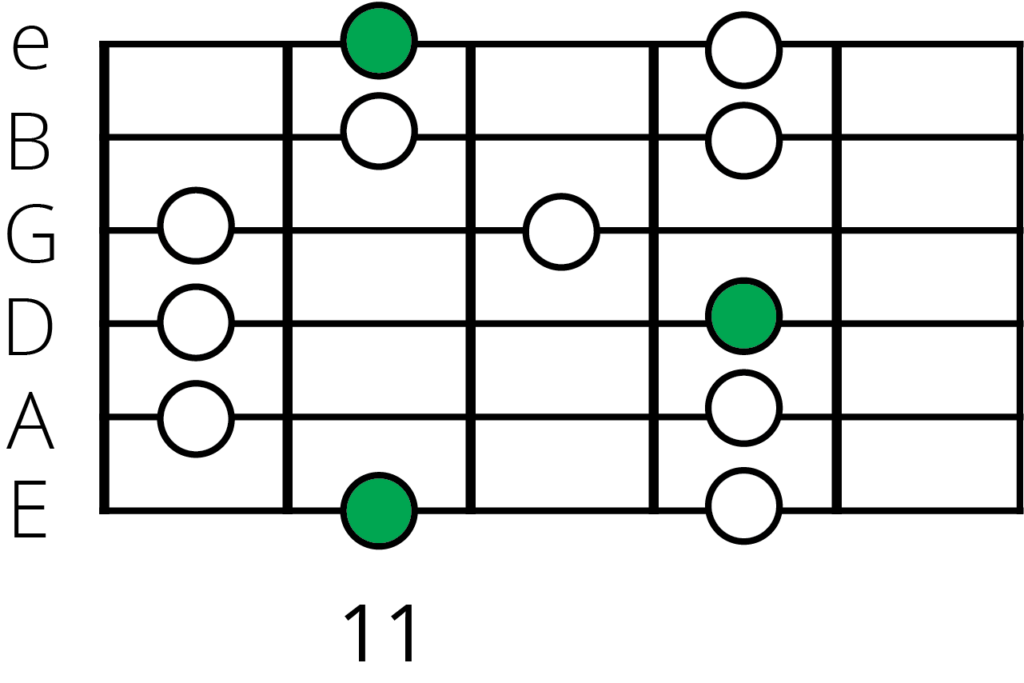
Position 2
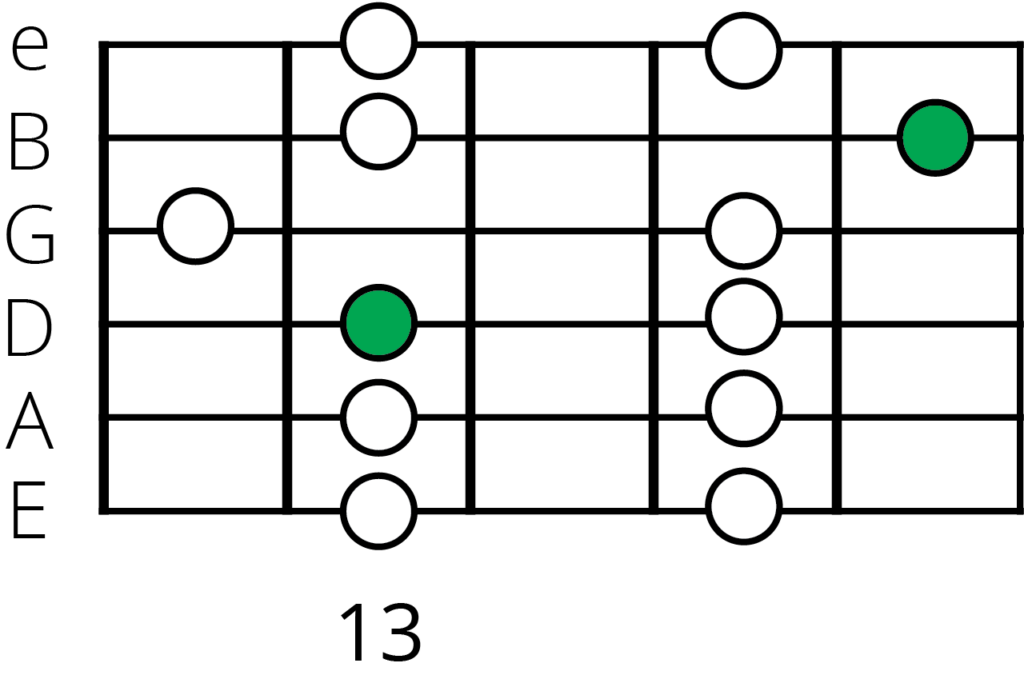
Position 3

Position 4
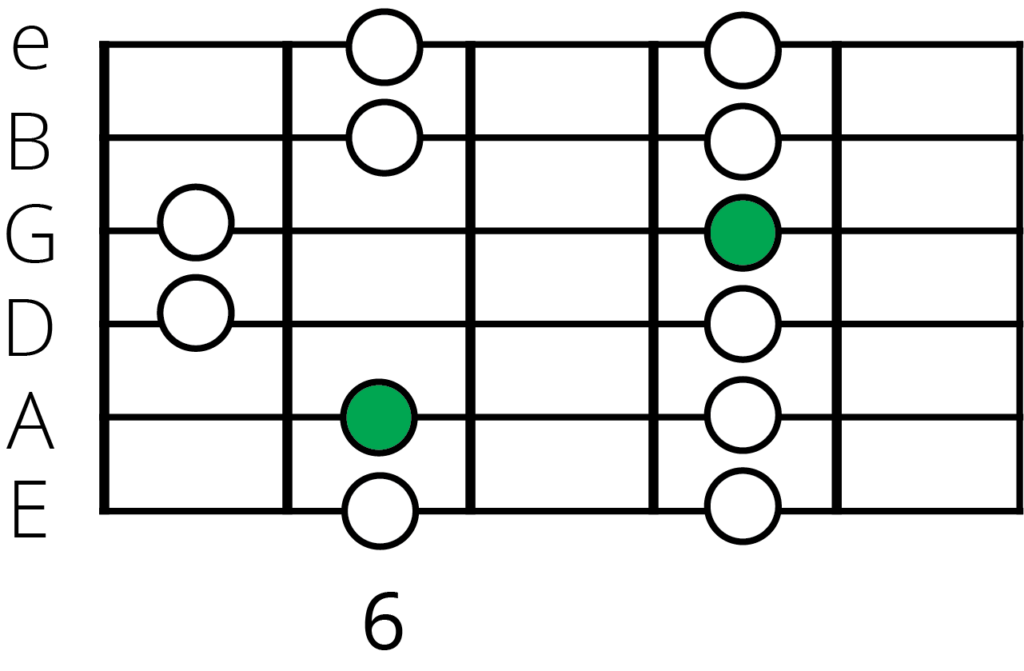
Position 5

It’s important to learn these shapes and not to just rely on moving from the minor pentatonic to the major. This ways you will be able to more intuitively improvise over pieces and know where the root notes are.
Creating the D Sharp Major Pentatonic Scale
The best way of creating a the D sharp major pentatonic scale is to start with the major scale and remove the 4th and 7th degrees. Below is the D sharp major scale: note that it has 5 sharps and 2 double sharps!
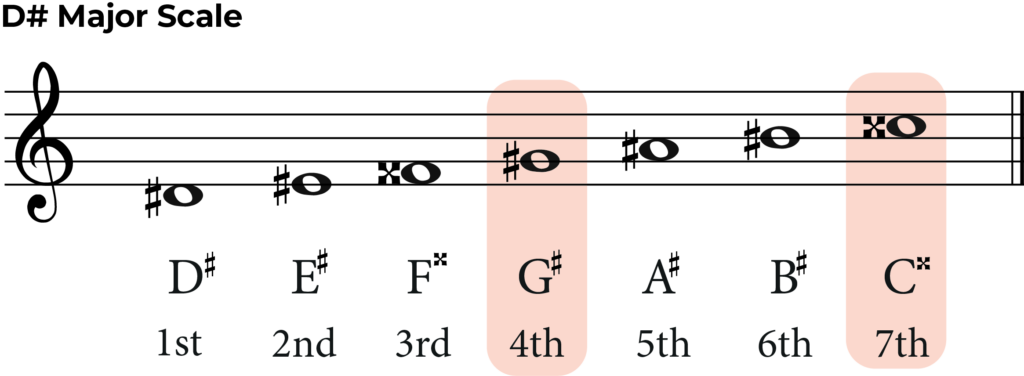
And here is the D sharp Major pentatonic scale on its own.

Another way to construct the major pentatonic scale is to take the five consecutive notes from the circle of fifths.
Using the D sharp Major Pentatonic is a little harder than other scales as we don’t have a D# on the circle of fifths. Instead we could use the Eb which is enharmonically equivalent to D#. Then we move round the circle of fifths to get: Eb, Bb, F, C and G.
This would then have to be rearranged into Eb, F, G, Bb and C. It’s important to remember that although these notes are enharmonically equivalent to the D sharp major pentatonic scale, they are not labelled correctly.
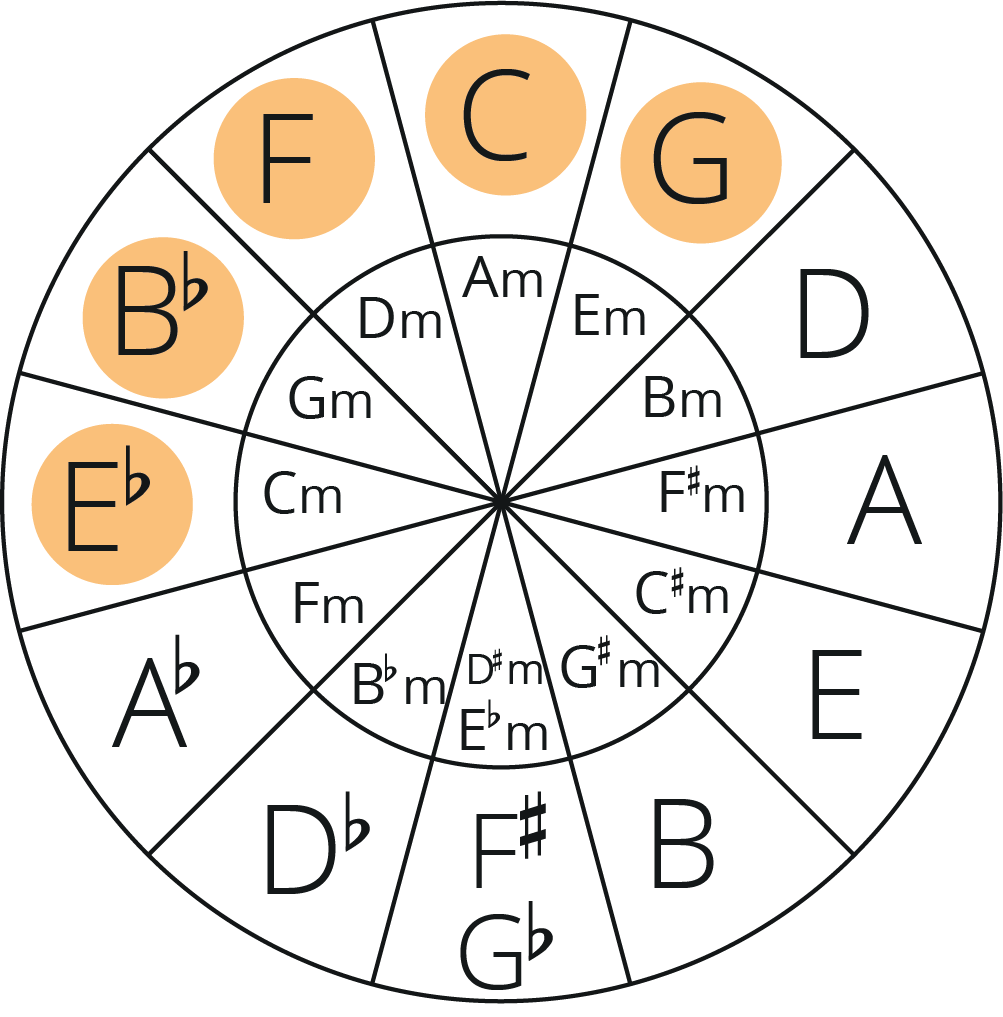
Relative Minor and Relative Major
The Minor Pentatonic scale, which many guitarists learn first, is made up of the 1st, 3rd, 4th, 5th and 7th note of the natural minor scale. It is related to the major pentatonic because all major and minor scales share key signatures.
To understand this we need to know what relative major and minor keys are. If we look at the circle of fifth below you can see that for each major key we have a minor key with the same key signatures (the same number of sharps or flats).
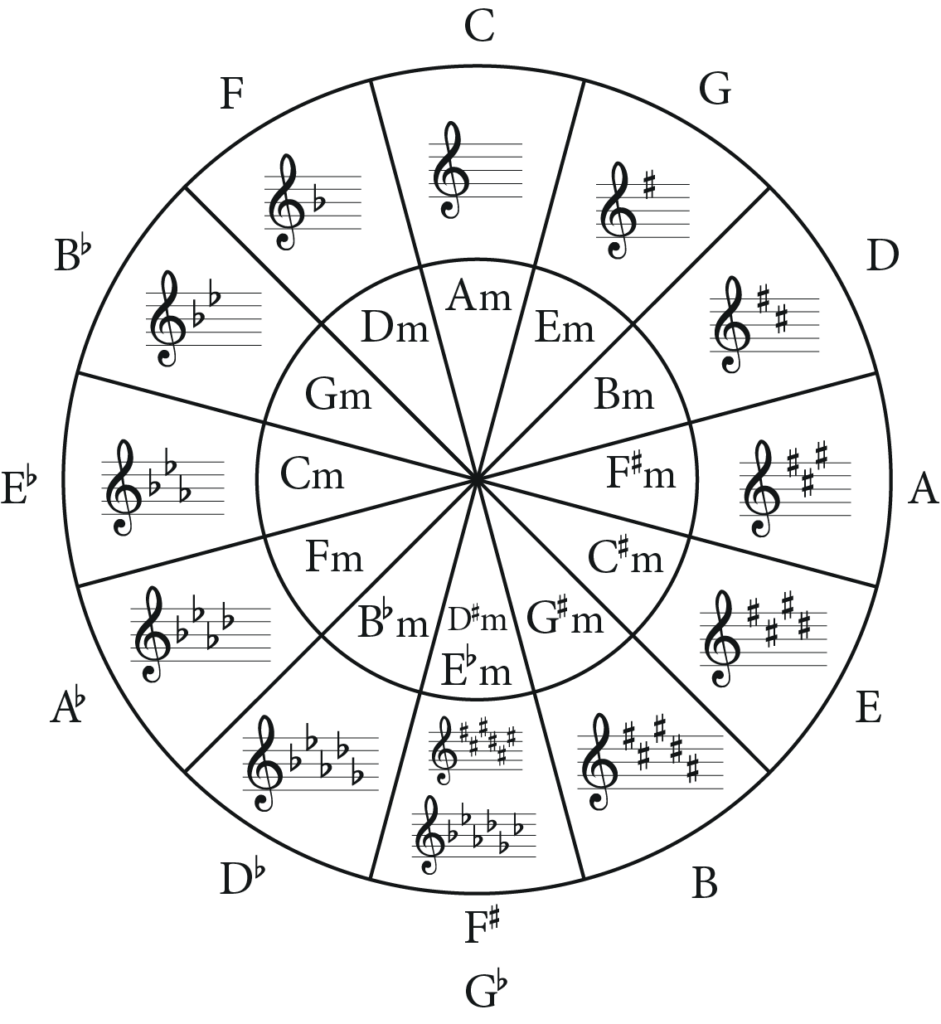
For example C major and A Minor both have no sharps or flats. The only difference is that A minor starts on an A natural and C major starts on a C natural.
This means that our major pentatonic scale will also have relative minor pentatonic scales.
D# is enharmonically equivalent to Eb, therefore C minor is the relative minor to D# Major.
It can be confusing for beginner guitarists to realise that the major pentatonic shapes are the same as the minor pentatonic shapes. The key thing to remember it that the root note of the scale is different and therefore in a different place on each shape.
Backing Tracks for D sharp Major Pentatonic Scale
Practising scales can be tricky. You can run up and down them, play them in thirds, of use arpeggios to help you. Improvising over backing tracks are another great way to improve your playing and knowledge of scales.
Here are a few tracks you can use but remember that you could use any song in the key of D sharp Major.
Ear Training and Scales
To develop as a musician you’ll want to be able to recognise scales by ear. This is where ear training comes in. My recommendation for this is Tonegym as they have a comprehensive and fun program for training your ears! It’s what has gotten the best results with for my own students.
In the ‘tools’ section of their site, Tonegym even have a scale tool that allows you to listen virtually any scale.
For an in-depth look at ear training, here’s my full review of Tonegym.
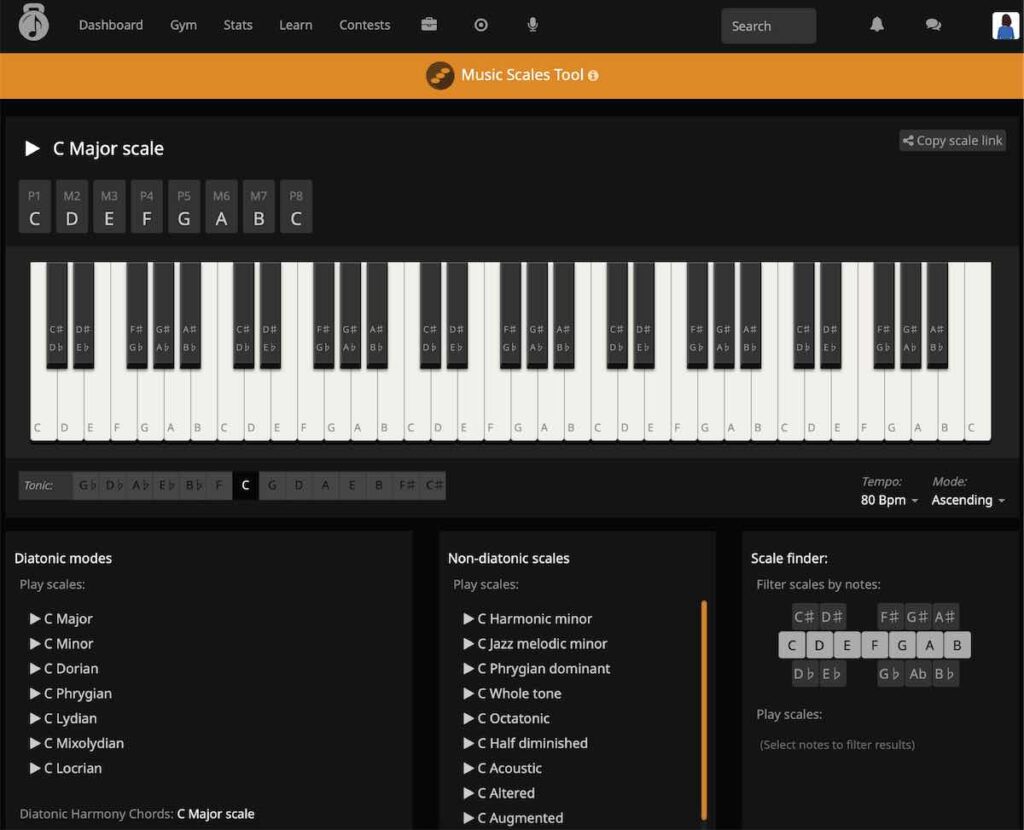
Songs that use The Major Pentatonic Scale
‘Let It Be’ – The Beatles (C major Pentatonic)
“Let It Be” by The Beatles is a soul-stirring anthem that resonates with listeners of all generations. With its uplifting lyrics, soothing melody, and Paul McCartney’s heartfelt vocals, the song delivers a message of hope and resilience that continues to inspire.
‘Honky Tonk Woman’ – The Rolling Stones (G major pentatonic)
“Honky Tonk Women” by The Rolling Stones is an electrifying rock classic that has a vibrant and infectious energy. With its iconic guitar riffs, groovy rhythm, and Mick Jagger’s charismatic vocals, this timeless hit it a staple in the rock ‘n’ roll hall of fame.
‘Better Together’ – Jack Johnson (F Major Pentatonic)
“Better Together” by Jack Johnson is a breezy and feel-good acoustic ballad that radiates warmth and positivity. With its laid-back melody, heartfelt lyrics, and Jack Johnson’s soothing vocals, the song celebrates the beauty of togetherness and reminds us of the joy found in simple moments shared with loved ones.
What’s next….?
- Learn the D sharp Minor Pentatonic scale
- Pick other scale to master with our range of scales blogs.
